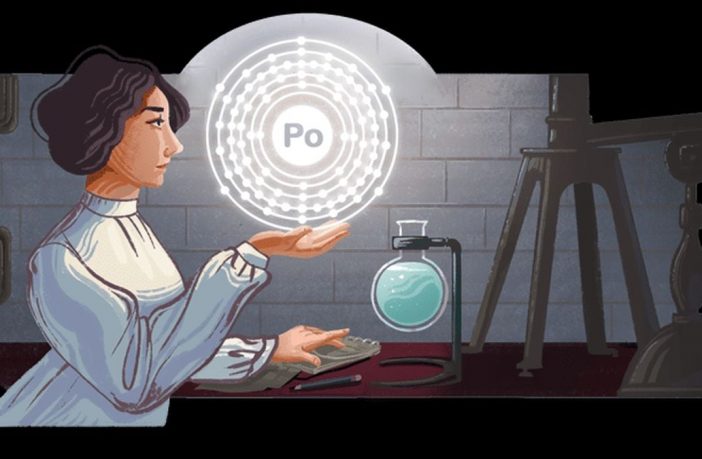
Ștefania Mărăcineanu, a Romanian physicist, was honored for her 140e birthday with a Google doodle. Ștefania was born in 1882 in Bucharest, Romania, and became one of the pioneers in the discovery and research of radioactivity. Mărăcineanu’s doctoral thesis was on polonium, an element discovered by physicist Marie Curie. During her career, she has engaged in several interesting researches, including the study of artificial rain, as well as the link between earthquakes and precipitation. She never received worldwide recognition for her contribution to the discovery of artificial radioactivity.
The Google doodle dedicated to Ștefania Mărăcineanu is a digital painting that represents the physicist working with polonium in her laboratory. Once you click, it directs you to the search results for Ștefania Mărăcineanu. The Google logo is also changed on the search results page, showing the physicist’s face instead of the second “o”. The doodle is only visible in a limited number of countries, in particular Greece, India, Romania, Sweden and the United Kingdom.
As described by Google on its doodle blog, after graduating with a degree in physical and chemical sciences in 1910, Mărăcineanu began her career as a teacher at the Central School for Girls in Bucharest. It was during this time that Mărăcineanu obtained a scholarship from the Romanian Ministry of Science and continued his graduate research at the Institut du Radium in Paris – a world center for the study of radioactivity under the guidance of the famous physicist Marie Curia. As a reminder, Mărăcineanu started working on his doctoral thesis on polonium, an element discovered by Curie.
Mărăcineanu’s research led to what is most likely the first example of artificial radioactivity. She worked at the Astronomical Observatory of Meudon for four years before returning to Romania to found the first laboratory in her native country for the study of radioactivity. As mentioned earlier, Mărăcineanu studied topics such as artificial rain and the connection between earthquakes and precipitation during his career.
In 1935, when Irene Curie (Marie Curie’s daughter) and her husband received a joint Nobel Prize for their discovery of artificial radioactivity, Mărăcineanu asked that her contribution to the discovery be recognized as well. However, she never received worldwide recognition for her major contribution to artificial radioactivity. In 1936, the Romanian Academy of Sciences elected Mărăcineanu as director of research. She last breathed in 1944 in Bucharest, Romania.
For the latest tech news and reviews, follow Gadgets 360 on Twitter, Facebook and Google News. For the latest gadget and tech videos, subscribe to our YouTube channel.
Facebook owner Meta is launching a high-fashion clothing store for avatars
Tech




